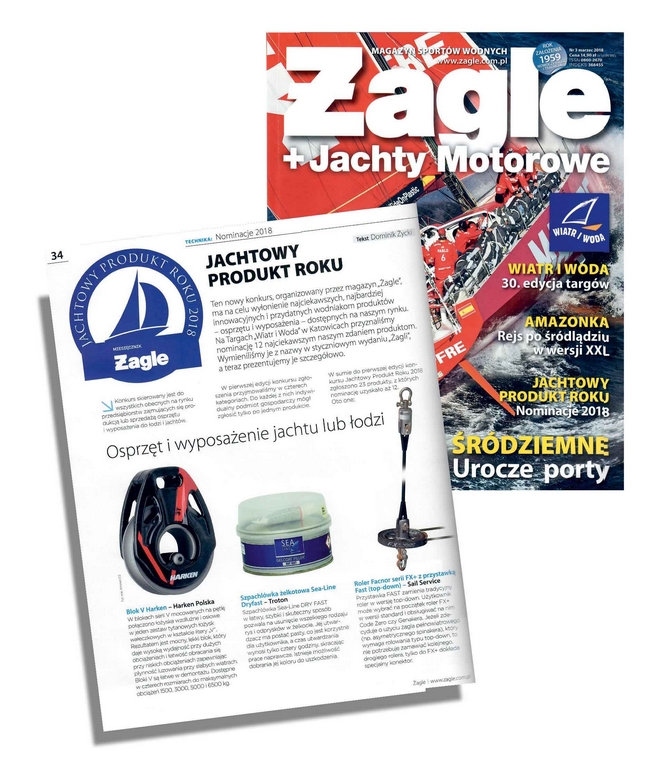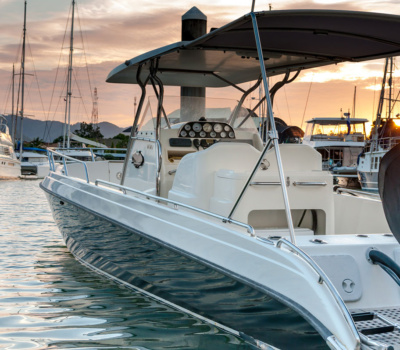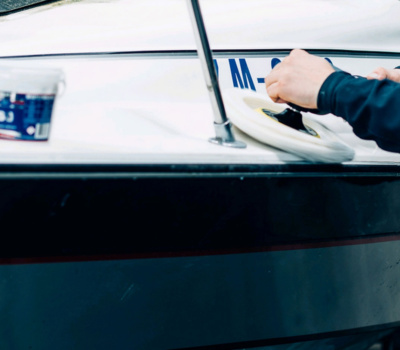We are happy to share with you good news. Gelcoat Filler DRY FAST was nominated for award YACHTING PRODUCT OF THE YEAR by most popular Polish sailing magazine “Żagle (Sails).
Gelcot filler DRY FAST is the product which had premiere in January 2017. This innovative product allows for easy and fast repair scratches on gelcoat.


We are expanding our offer by introducing two new products that will provide boat enthusiasts

Come and join us at METSTRADE 2023, METSTRADE the best event for marine industry professionals,

Visit us and our production plant without traveling

New in the 2023 season is a new polishing wool The new black and white
Yes, you can paint the bottom of the boat with polyurethane paint due to its high mechanical strength. We recommend this solution when the boat is not launched for a long time and is not exposed to fouling.